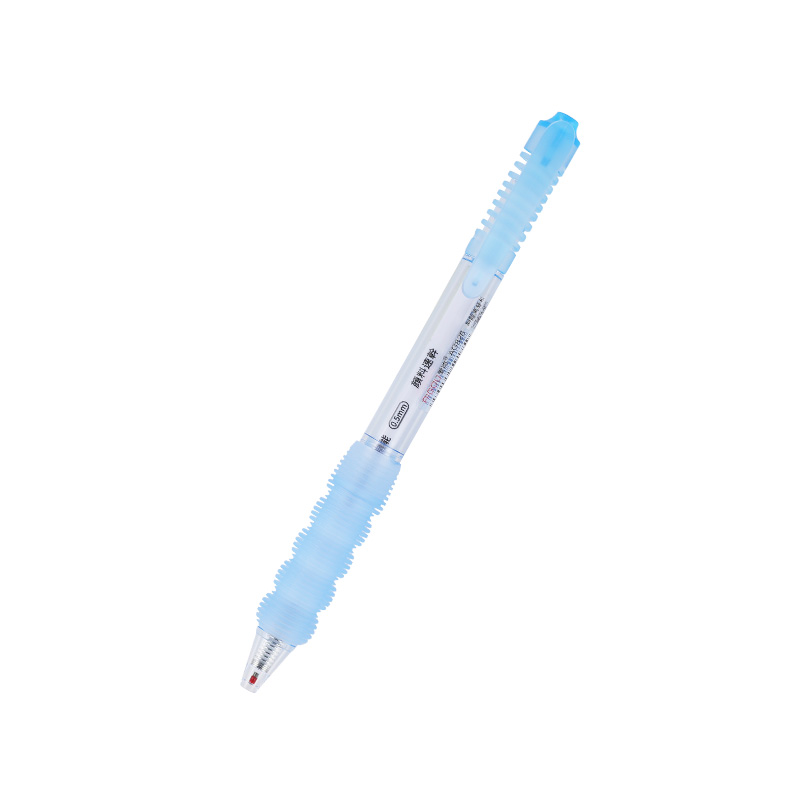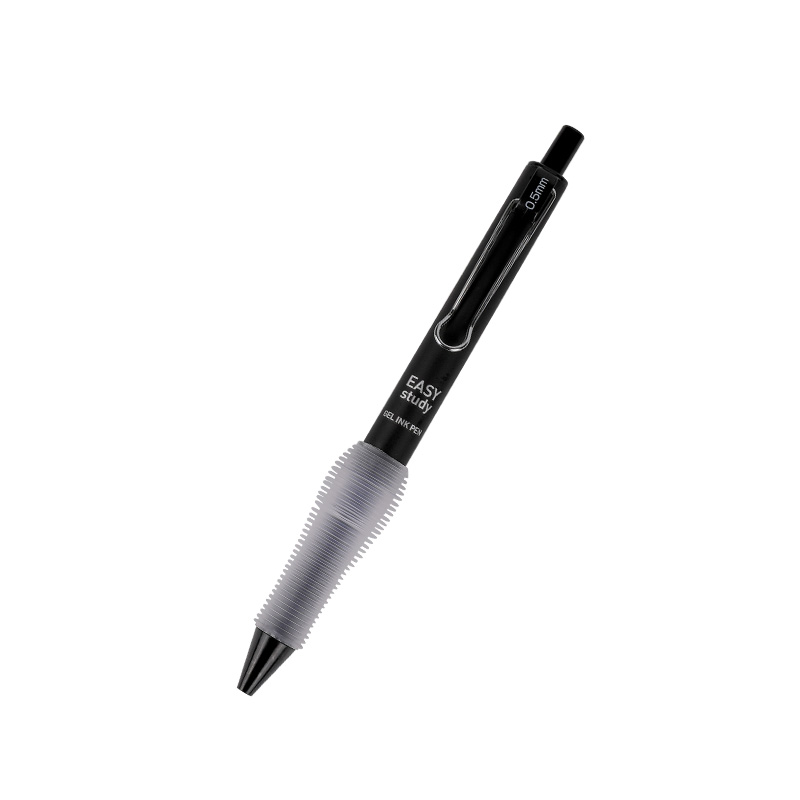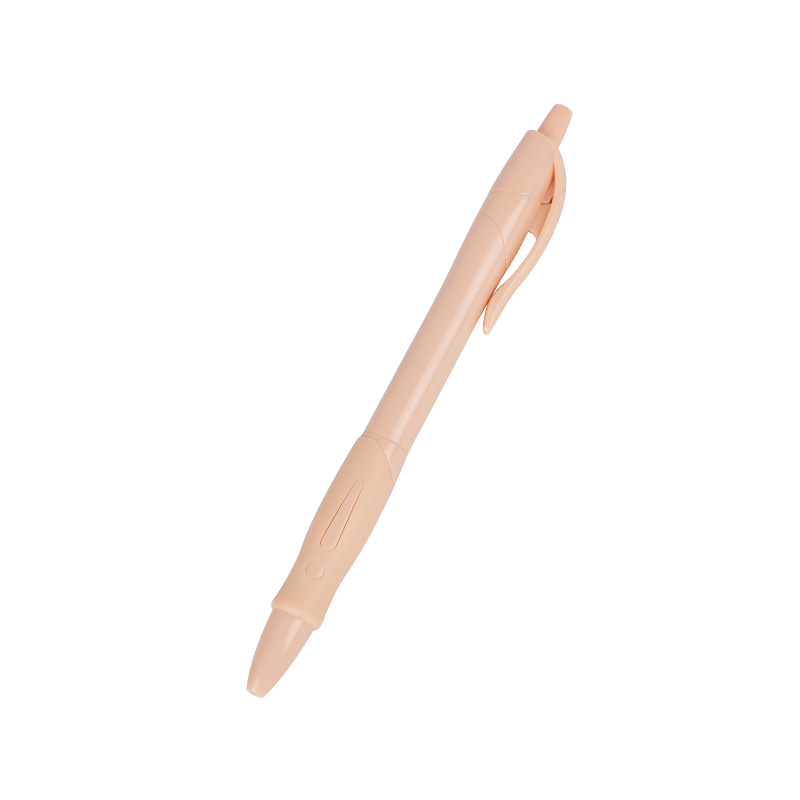Understanding Fluid Mechanics in Rolling Ball Pen Design
Custom goldex rolling ball pen Manufacturer
The rolling ball pen is a remarkable writing tool that combines engineering precision with everyday functionality. One of the key factors behind its success is the sophisticated fluid mechanics at play within the pen. This article explores how fluid dynamics enable the rolling ball pen to provide a smooth, consistent ink flow regardless of writing speed, while also preventing common issues such as ink leakage and breaks in the flow. By analyzing the intricate internal structure of the pen’s tip and ink supply system, we gain insight into the mechanisms that make the rolling ball pen such a reliable instrument.
At the heart of every rolling ball pen is a small, precisely engineered ball at the tip. This ball rotates as the user writes, transferring ink from the reservoir to the writing surface. However, this seemingly simple process is governed by complex fluid mechanics principles. The challenge lies in ensuring that ink flows evenly onto the ball, regardless of how fast or slow the user writes. At the same time, the rolling ball pen must prevent excess ink from leaking out and causing smudges, while also avoiding interruptions in the flow that would result in dry, incomplete lines.
The rolling ball pen relies on a delicate balance between ink viscosity, capillary action, and the pressure within the pen’s reservoir. These factors work together to ensure that ink is delivered consistently, making the rolling ball pen a go-to choice for smooth, uninterrupted writing.
The internal design of a rolling ball pen tip is critical to its performance. At the very tip of the pen is the ball itself, typically made of durable materials such as stainless steel or tungsten carbide. This ball is housed within a socket, which allows it to rotate freely as the pen moves across the paper. The diameter of the ball is finely tuned to control the amount of ink that reaches the writing surface.
Behind the ball, the rolling ball pen tip features a series of capillary channels that connect the ink reservoir to the ball. These channels are designed to regulate the flow of ink, ensuring that just the right amount reaches the ball to be transferred to the paper. The diameter of these channels, as well as the ink’s viscosity, plays a significant role in how well the rolling ball pen functions.
If the channels are too wide or the ink is too thin, the pen risks leaking. Conversely, if the channels are too narrow or the ink is too thick, the pen may not deliver enough ink, guiding skips or breaks in the writing. Therefore, the precision engineering of these channels is crucial to the overall performance of the rolling ball pen.
Ink viscosity is another essential element in the fluid mechanics of a rolling ball pen. The ink used in rolling ball pens is designed to have a specific viscosity that allows it to flow smoothly but not too quickly. A higher viscosity ensures that the ink stays within the reservoir and is released only when the ball rotates. This viscosity must be carefully controlled to balance between smooth writing and preventing leakage.
In addition to viscosity, the internal pressure of the pen also affects ink flow. Many rolling ball pens use an air-tight ink reservoir to regulate pressure. As ink is used, air gradually enters the reservoir to replace the volume of ink lost, ensuring a continuous and steady flow. This pressure regulation is crucial in maintaining consistent ink delivery, particularly when writing at different speeds. A well-designed rolling ball pen compensates for changes in speed and pressure, allowing for smooth, consistent writing without interruptions or leaks.
Capillary action is another principle of fluid mechanics that plays a vital role in the performance of the rolling ball pen. Capillary action refers to the ability of a liquid (in this case, ink) to flow in narrow spaces without the assistance of external forces, such as gravity. In the rolling ball pen, capillary action helps draw ink through the narrow channels from the reservoir to the tip of the pen.
The design of the capillary channels ensures that ink moves smoothly towards the ball at the tip, even when the pen is held at different angles. This is important because it allows the rolling ball pen to function reliably whether it is held upright, at a slant, or even at unusual angles. The consistent ink delivery enabled by capillary action ensures that the pen writes smoothly in various positions and at different speeds, which is one of the key advantages of the rolling ball pen.
One of the more impressive aspects of rolling ball pen engineering is its ability to prevent leaks while maintaining consistent ink flow. The pen’s tip is designed to create a tight seal around the ball, ensuring that ink is only released when the ball is in motion. This prevents ink from leaking out when the pen is not in use or when it is carried in a pocket or bag.
Furthermore, the design of the ink channels ensures that there is always a small reserve of ink available at the tip, ready to be transferred to the paper. This eliminates the risk of “ink breaks,” where the ink flow stops temporarily, leaving gaps in the writing. By maintaining a consistent supply of ink to the ball, the rolling ball pen ensures a smooth, uninterrupted writing experience, even when writing quickly or for extended periods.
One of the key challenges in designing a rolling ball pen is ensuring that it performs well at different writing speeds. Whether the user is writing quickly during a meeting or slowly drafting a detailed document, the rolling ball pen must adapt to changes in speed without sacrificing ink flow or causing leaks.
The fluid mechanics of the rolling ball pen ensure that the ball rotates at the appropriate speed for the amount of pressure applied by the user. This means that, at higher speeds, the ball rotates faster, allowing more ink to be released. At lower speeds, the ball rotates more slowly, releasing less ink. This dynamic adjustment ensures that the pen delivers a consistent amount of ink regardless of how fast or slow the user writes.
The rolling ball pen is an impressive example of fluid mechanics in action. By carefully balancing ink viscosity, capillary action, and pressure regulation, the pen is able to provide a smooth, consistent writing experience while preventing common issues such as leaks and ink breaks. The intricate internal design of the rolling ball pen tip, combined with the precision engineering of its ink delivery system, ensures that users can rely on these pens for a flawless writing experience at any speed.
In summary, the next time you use a rolling ball pen, remember the complex fluid dynamics working behind the scenes to ensure that every word you write flows smoothly onto the page. The rolling ball pen may seem simple, but its design is a marvel of engineering that continues to serve millions of users around the world.







